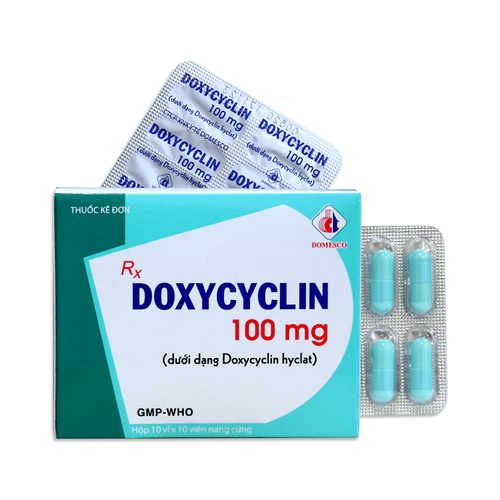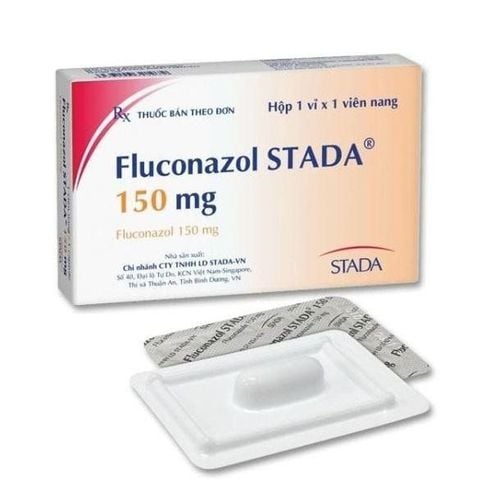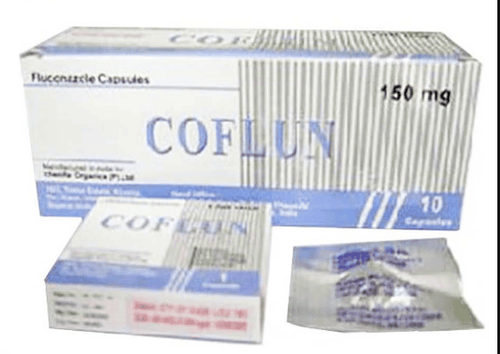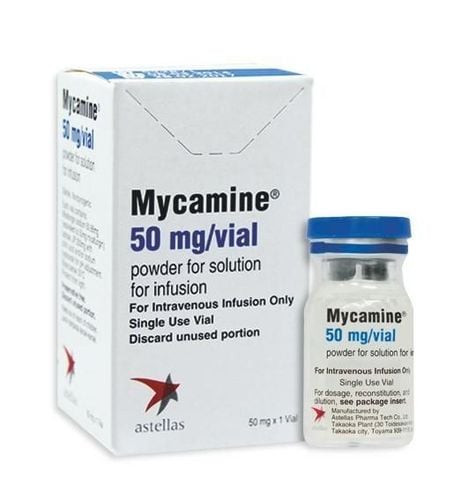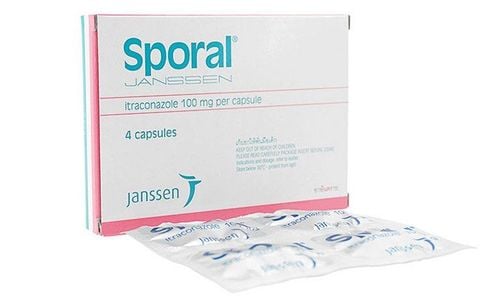This is an automatically translated article.
Lifazole is a fungicide, used to fight and kill fungi, especially in cases of candida or systemic fungal infections. This is a drug that requires a doctor's prescription and prescription before taking it.
1. What is Lifazole?
Lifazole is a drug to treat fungi, especially Candida yeast strains, with the main active ingredient being Fluconazole. Lifazole is prepared in the form of uncoated tablets, packing specification is 1 tablet per blister, 1 blister in each box.
2. What does Lifazole do?
Lifazole has the active ingredient Fluconazole. This is an active ingredient in the treatment of peripheral or total fungal infections of the Triazol group. The drug Fluconazole inhibits cytochrome P450 in bacteria, causing the loss of sterols - a substance that makes up the structure of cell membranes in fungi. This inhibitory response helps kill the fungus.
Lifazole 150mg is indicated for use in the following cases:
Patients with vaginal candidiasis and systemic fungal infections; Patients with candidiasis of the mucous membranes of the nose, mouth or pharynx; Patients with immunocompromised fungal infections such as HIV and AIDS.
3. Usage of Lifazole
3.1. How to use Lifazole Lifazole is absorbed orally. Patients should use Lifazone with a moderate amount of water, swallow the tablet whole, do not break, crush or chew because this may lose the medicinal properties of Lifazone.
For patients with vaginal candidiasis, the patient should avoid sexual intercourse while using Lifazole.
3.2. Dosage of Lifazole The recommended dose of Lifazole is as follows:
Candida infections in mucous membranes and vulnerable areas such as pharynx and pharynx: Use from 50 to 100mg/day, for a period from 1-2 weeks. Candida infections in the genital area: Patients use a single dose of 150mg. Systemic fungal infections: The recommended starting dose is 400mg, used once a day. The following doses should be maintained at 200 mg/time/day for 4 weeks and 2 weeks following symptom resolution. Caution should be taken regarding the dosing of Lifazole in patients with renal impairment (creatinine clearance < 50 mL/min). ), should have a dose adjustment plan. 3.3. Treatment for forgetting, overdose Overdose:
Currently, there are no recorded cases or reports of serious symptoms encountered when using Lifazole overdose.
Treatment:
Fluconazole overdose has no antidote. The patient needs symptomatic treatment. In case of symptoms such as dizziness, nausea or vomiting in the event of an overdose, induce vomiting and gastric lavage.
3.4. Contraindications Lifazole is contraindicated in the following cases:
Patients with known hypersensitivity to fluconazole or to any other component of Lifazole.
4. Notes when using Lifazole
Side effects of Lifazole:
When using Lifazole, patients may experience unwanted side effects on the following organs:
Side effects such as headache, dizziness, nausea, diarrhea occurs at rates ranging from 1.5% to 8.5%. Uncommon side effects include mild acute elevation of transaminases, about 1.5 to 3 times the upper limit of normal. Allergic reactions such as itching, rash, and desquamation in people with AIDS/skin cancer. Lifazole Drug Interactions:
Concomitant administration of fluconazole at 200 mg a day with rifabutin at 300 mg in HIV-infected subjects may increase plasma concentrations of rifabutin, due to inhibition of P450 - an enzyme required for the metabolism of rifabutin. . Concomitant use of fluconazole and rifampicin may affect the pharmacokinetics of both drugs. Concomitant administration of fluconazole with coumarin anticoagulants, such as warfarin, may increase prothrombin time. Therefore, monitor prothrombin time when these two drugs are used concurrently. The use of fluconazole with ciclosporin increases plasma concentrations of this active substance. Use of fluconazole with sulfonylureas antidiabetic agents may result in increased plasma concentrations and decreased metabolism of these drugs. There is a risk of theophylline toxicity when this drug is used concomitantly with fluconazole. Storage of Lifazole:
Store Lifazole 150mg in a cool, dry place, not in a humid place. The storage temperature for Lifazole is below 30 degrees Celsius. Store the medicine when not taking it in the manufacturer's sealed packaging. Store medicine in a place out of reach of children and pets. In short, Lifazole is a prescription drug, used to kill systemic fungi, specifically for Candida fungi. When using the drug, the patient needs the permission and advice of the doctor.
Please dial HOTLINE for more information or register for an appointment HERE. Download MyVinmec app to make appointments faster and to manage your bookings easily.




